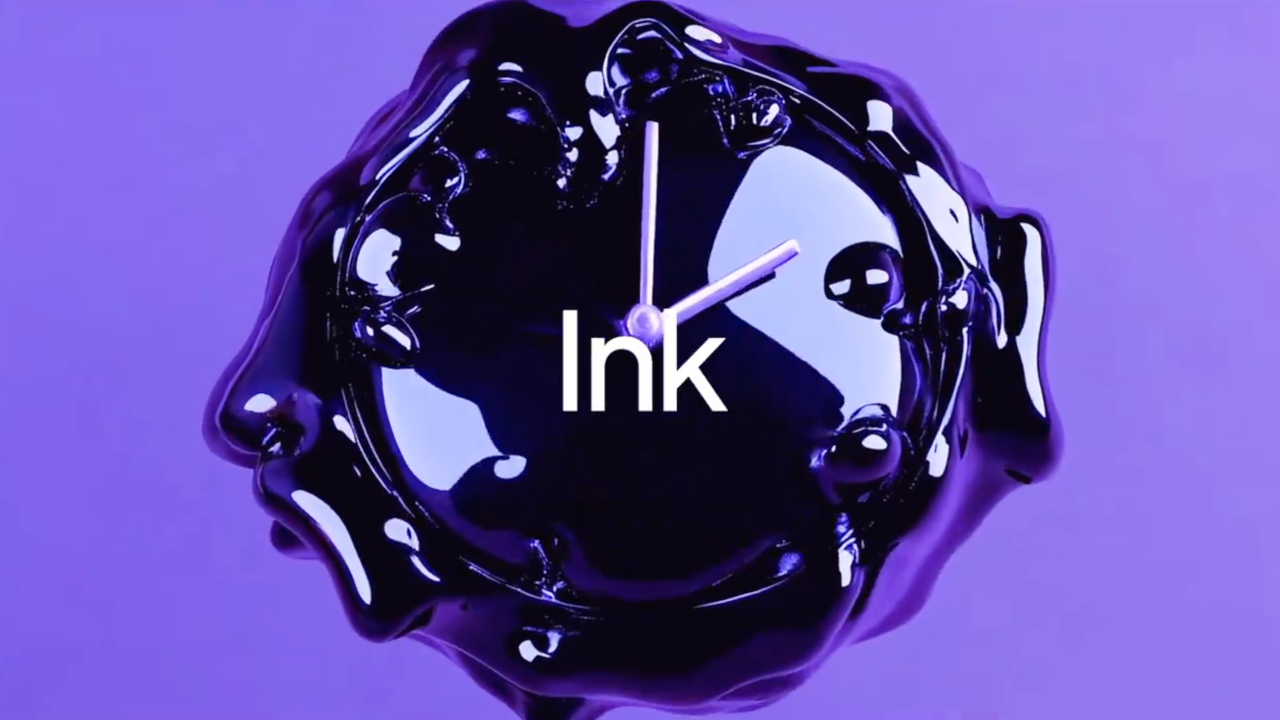Kraken’s Ink Foundation is making bold moves into the decentralized finance (DeFi) space, unveiling the launch of its native token, INK, as a cornerstone of a new on-chain ecosystem. With governance and liquidity at its core, INK will serve as the fuel behind an ambitious protocol that builds on AAVE’s infrastructure — and aims to reshape how communities interact with DeFi platforms.
A New Chapter: The Birth of INK
Kraken, one of the world’s most established crypto exchanges, has long been recognized for its security-first philosophy and compliance-driven approach. But in recent months, its innovation arm, the Ink Foundation, has been quietly laying the groundwork for a fully decentralized future. The launch of the INK token represents the foundation’s first major step into that vision.
INK is more than just a token — it’s the bedrock of a new blockchain initiative that intends to give users more agency over their assets, yield strategies, and governance participation. Its core utility will initially revolve around a liquidity protocol that draws on AAVE’s widely respected lending infrastructure.
This means that participants in the Ink ecosystem will be able to borrow, lend, and earn interest — just like on AAVE — but with a customized architecture and incentive layer powered by INK. The Ink Foundation has stated that this is only the beginning of a broader suite of DeFi primitives, including staking mechanisms, governance voting, and cross-chain utility.
INK-Powered Liquidity Protocol: Built on AAVE, Designed for the Future
The first application of the INK token will be in a decentralized liquidity protocol designed to enable permissionless lending and borrowing. While AAVE’s technology underpins it, the Ink protocol will incorporate novel features that reflect Kraken’s user-centric design philosophy:
- Streamlined onboarding for Kraken users looking to try DeFi without leaving the exchange ecosystem.
- Modular incentives that evolve over time based on community governance.
- Security integrations that reflect Kraken’s institutional-grade infrastructure and audits.
Users who deposit crypto assets into the liquidity pools will receive yield-bearing tokens and accumulate INK through programmatic emissions. Borrowers will also play a vital role in shaping the liquidity ecosystem, earning governance rights in the process.
Airdrop Eligibility: Participation, Not Speculation
In an era where airdrops are often gamed by sybils and opportunists, Ink Foundation is taking a more intentional approach to token distribution. To be eligible for the initial INK airdrop, users must engage directly with the liquidity protocol — specifically by providing or utilizing liquidity over a defined qualifying period.
This active participation requirement is aimed at rewarding real users, not passive airdrop hunters. The Foundation has framed the airdrop as a mechanism for “proof of contribution” — an earned rather than gifted token distribution model that aligns incentives between long-term stakeholders and the protocol itself.
Key points about the airdrop include:
- Snapshot Period: Users must interact with the protocol before the public listing of INK to be considered.
- Weighting System: The amount and duration of liquidity provided or borrowed will determine airdrop amounts.
- Transparency: All allocation mechanics will be published in advance, and on-chain verification will be used to ensure fairness.
More details are expected in a formal whitepaper and technical blog series to be released over the coming weeks.
Governance and Decentralization Roadmap
While the INK token will start as a utility and incentive token, its longer-term role lies in governance. Holders of INK will be able to propose and vote on key protocol decisions, ranging from fee structures and collateral support to development grants and treasury usage.
The Ink Foundation has stated that its governance philosophy is inspired by both the AAVE and Uniswap models, but intends to evolve with a stronger emphasis on progressive decentralization — starting with advisory votes and moving toward full on-chain execution.
Kraken’s Strategic Bet on DeFi
Kraken’s involvement in this initiative marks a strategic pivot: from centralized services toward a multi-pronged presence in the on-chain economy. With the creation of Ink, Kraken is signaling that it wants to be more than just a bridge between fiat and crypto. It wants to nurture the ecosystems that will define the future of decentralized finance.
Whether this model will succeed depends on its ability to balance security, community alignment, and product-market fit. But Kraken’s credibility, combined with the technical rigor of the Ink Foundation, gives the project a unique edge in a crowded DeFi landscape.
What’s Next?
As the INK token prepares to make its debut, crypto-native users and Kraken’s customer base alike are watching closely. The initial airdrop offers both an opportunity to gain exposure and a test case for how centralized exchanges can facilitate the transition into DeFi without compromising on user experience or compliance.
The Ink Foundation has promised more information in upcoming developer updates, audits, and community calls. For those looking to be part of a new generation of DeFi built on trust, transparency, and utility, the ink is just beginning to dry on a new chapter.


